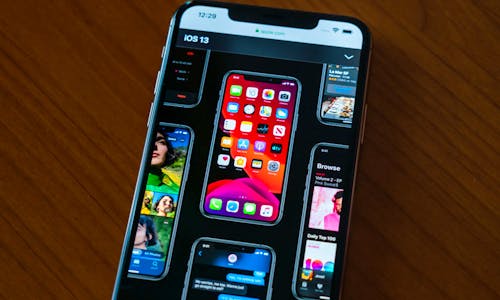The internet was ablaze this week following the reveal of the long-awaited Nintendo Switch Pro (now officially known as the slightly less dramatic Nintendo Switch OLED Model), but it wasn’t a round of applause that greeted the new console, rather a flood of criticism that Nintendo had failed to live up to expectations. To those people, I recommend taking a step back, splashing some water on your face and reconsidering why you thought Nintendo would have met those lofty expectations in the first place.
While it’s great to see an OLED screen brought to the Switch, alongside an improved kickstand, the consensus amongst the criticism is that it has been underwhelming to see the Switch OLED launch without 4K support or any bump in processing power. To the credit of detractors, having these features would have made for an ideal scenario, certainly as a means of keeping the Nintendo Switch relevant in a gaming landscape now inhabited by the tremendously powerful PS5 and Xbox Series X.
The problem is, Nintendo has never been one to react to Microsoft, Sony or any of its other competitors over the years. I could point to any number of consoles (handheld or home) that the company’s put out to prove this, but none are more clear cut than the Wii.
At a time when ‘High Definition’ was at the epicentre of gaming, the Nintendo Wii couldn’t have been further away in design and its intended audience compared with the Xbox 360 and PS3. After all, while Sony and Microsoft were trying to add a more cinematic sheen to their graphical prowess, the Wii just barely outrun the Nintendo Gamecube – being more interested in bringing people together with easy pick up and play titles.
When you revisit the Nintendo Switch OLED within this context, the upgrade makes a lot more sense. As far as Nintendo’s concerned, there’s nothing wrong with playing Switch games on a TV. Do they ever look as good as what’s available on competing consoles? No, of course not, but they’re still playable all the same.
Tabletop play on other hand, one of the key features Nintendo has been keen to advertise for the Switch, is a pain in the arse at best. The existing 6.2-inch display is just too small for split screen action, and entrusting the flimsy kickstand feels like propping up an iPhone with a twig. When something impedes on gameplay, you can be sure that that’s what Nintendo is going to be more interested in.
Even though it’s easier to do so, we really need to stop analysing what Nintendo does via the same discourse that’s applied to Microsoft and Sony. As soon as we can accept that Nintendo’s gonna do what Nintendo’s gonna do, the happier off we’ll be.

Leave a Reply